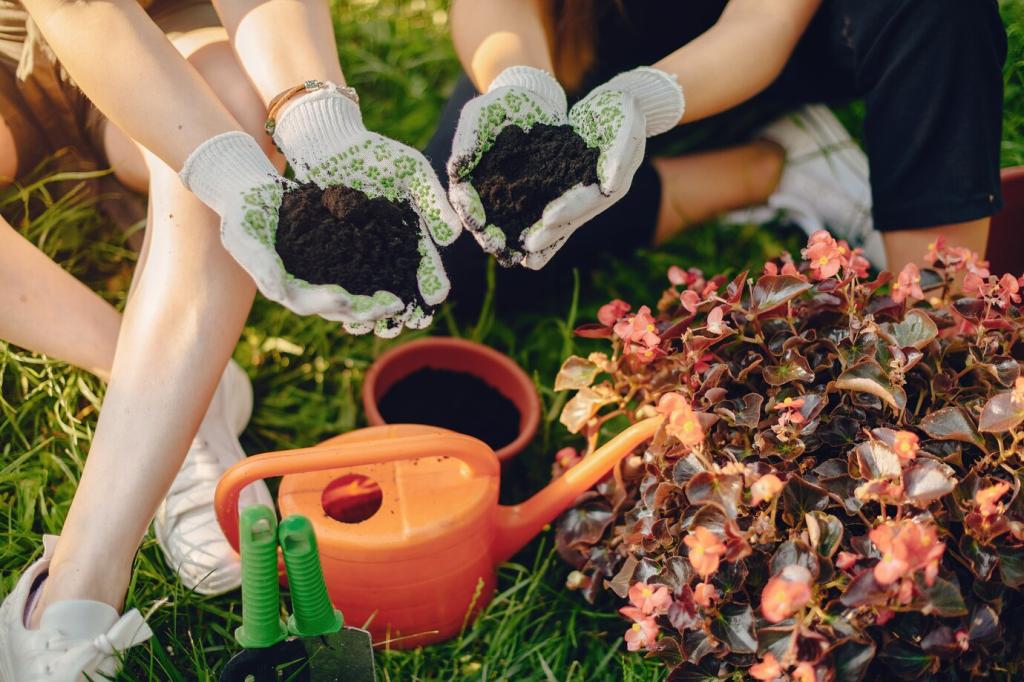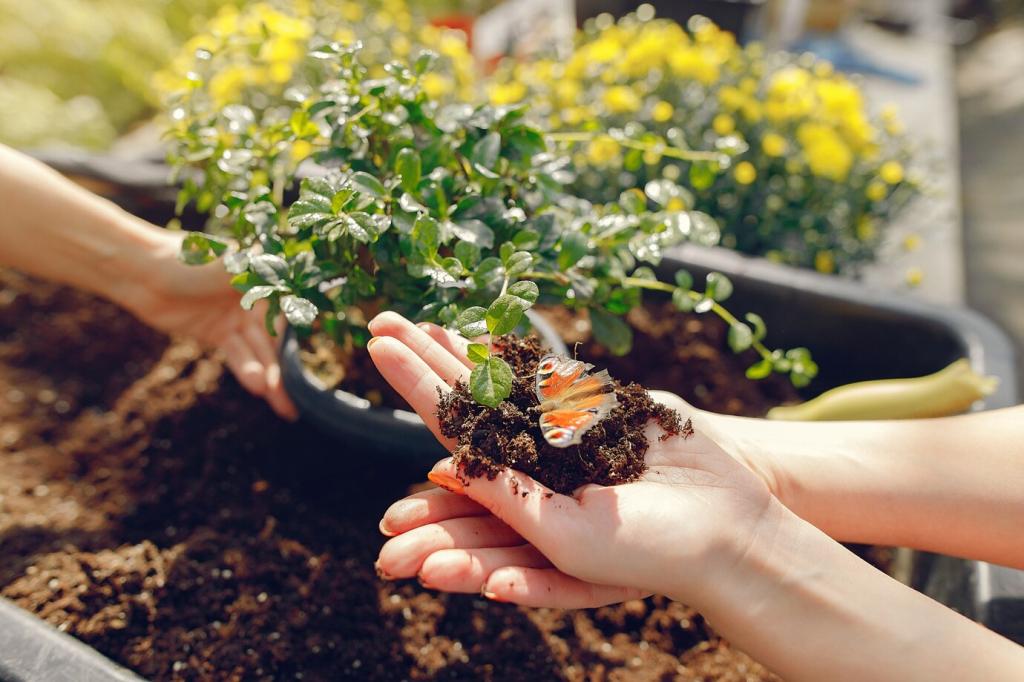
Water-saving Irrigation Techniques: Grow More With Less
Chosen theme: Water-saving Irrigation Techniques. Welcome to a practical, hopeful space where smart watering meets thriving landscapes. Learn science-backed methods, real-world stories, and simple habits that protect every drop. Subscribe, comment, and help shape a more resilient, water-wise future together.
The Science Behind Efficient Irrigation
Clay holds water tightly, sand drains quickly, and loam balances both. Knowing your soil texture, field capacity, and infiltration rate helps you schedule irrigation precisely, reduce runoff, and direct every liter where roots actually drink.
The Science Behind Efficient Irrigation
Evapotranspiration (ET) blends evaporation and plant transpiration into one guiding number. Using local ET data lets you match irrigation to real plant demand, cutting waste on cool days and preventing stress during heat spikes.




Drip and Micro-Irrigation Essentials
Pressure-compensating emitters maintain consistent flow across elevation changes. Pair them with pressure regulators and filters to protect against surges and debris, ensuring even distribution and the long-term reliability water-saving systems demand.
Drip and Micro-Irrigation Essentials
Group plants by water requirement, sun exposure, and soil type. Dedicated zones allow tailored run times, preventing overwatering thirsty beds or starving drought-tolerant areas, and keeping every section tuned to its precise needs.



Soil Health, Mulch, and Plant Selection
Compost increases soil organic matter and boosts aggregation, improving infiltration and water-holding capacity. With better structure, each irrigation cycle penetrates deeper, reducing frequency and building resilience during dry spells.

Roof catchments feeding first-flush diverters and covered tanks create clean storage. Simple filters protect emitters, while shaded placement reduces algae growth, keeping your water-saving irrigation running smoothly all season.


Seasonal Scheduling That Adapts
Start conservatively in spring, peak in midsummer, then taper in fall. Shorter, multiple cycles reduce runoff on slopes, and regular tweaks based on plant response preserve water without risking stress.

Simple DIY Irrigation Audit
Place catch cups, run a cycle, and measure uniformity. Fix clogged emitters, level heads, and adjust pressure. Small corrections compound into serious water savings across weeks, months, and entire seasons.

Join the Conversation and Subscribe
Share your drip layouts, sensor data, or rain-harvest designs in the comments. Subscribe for field-tested tips, and tell us which water-saving irrigation challenge you want solved next on the blog.
